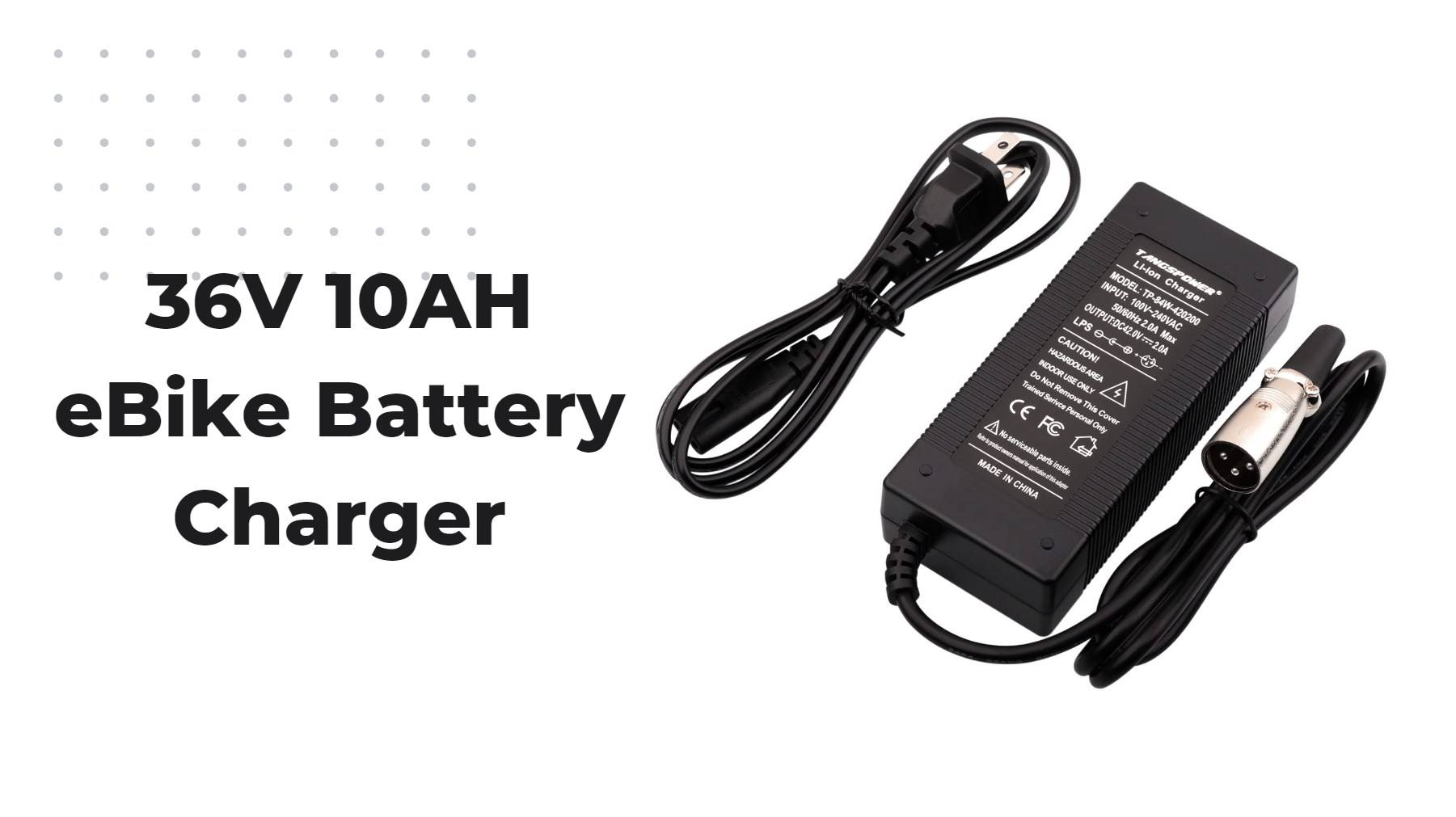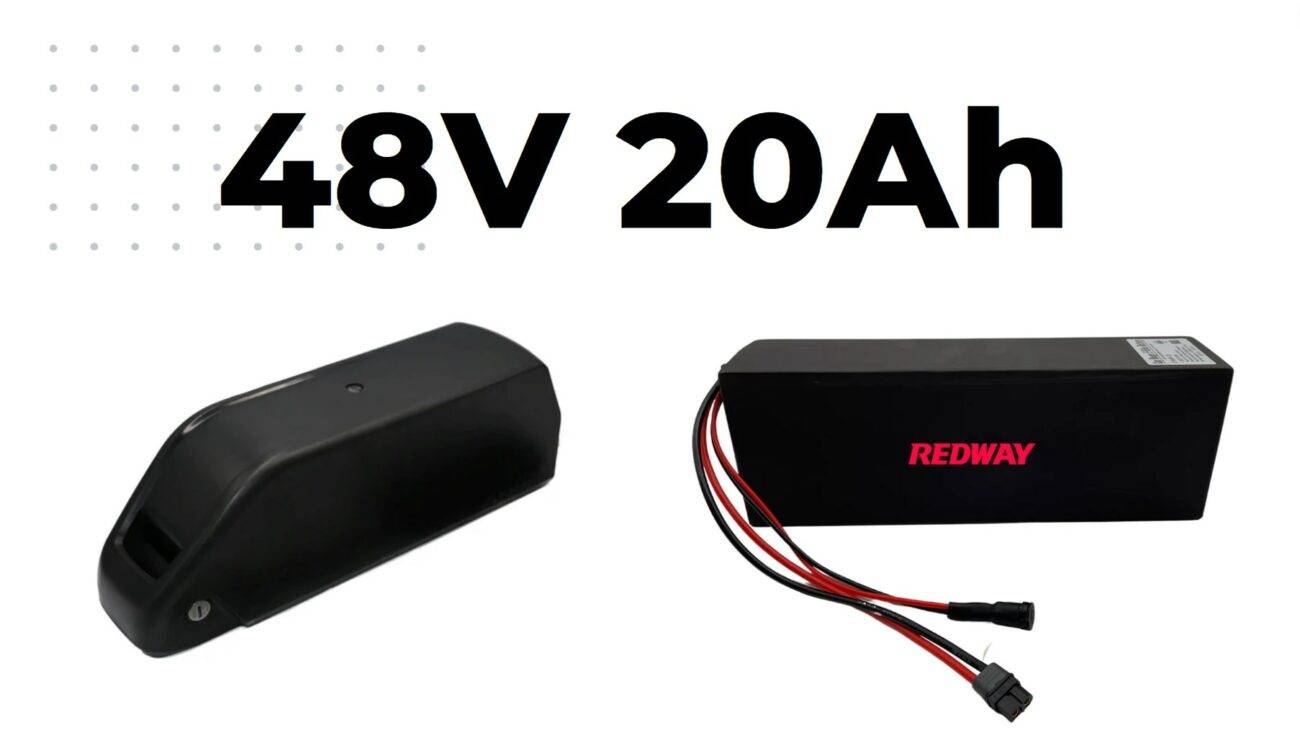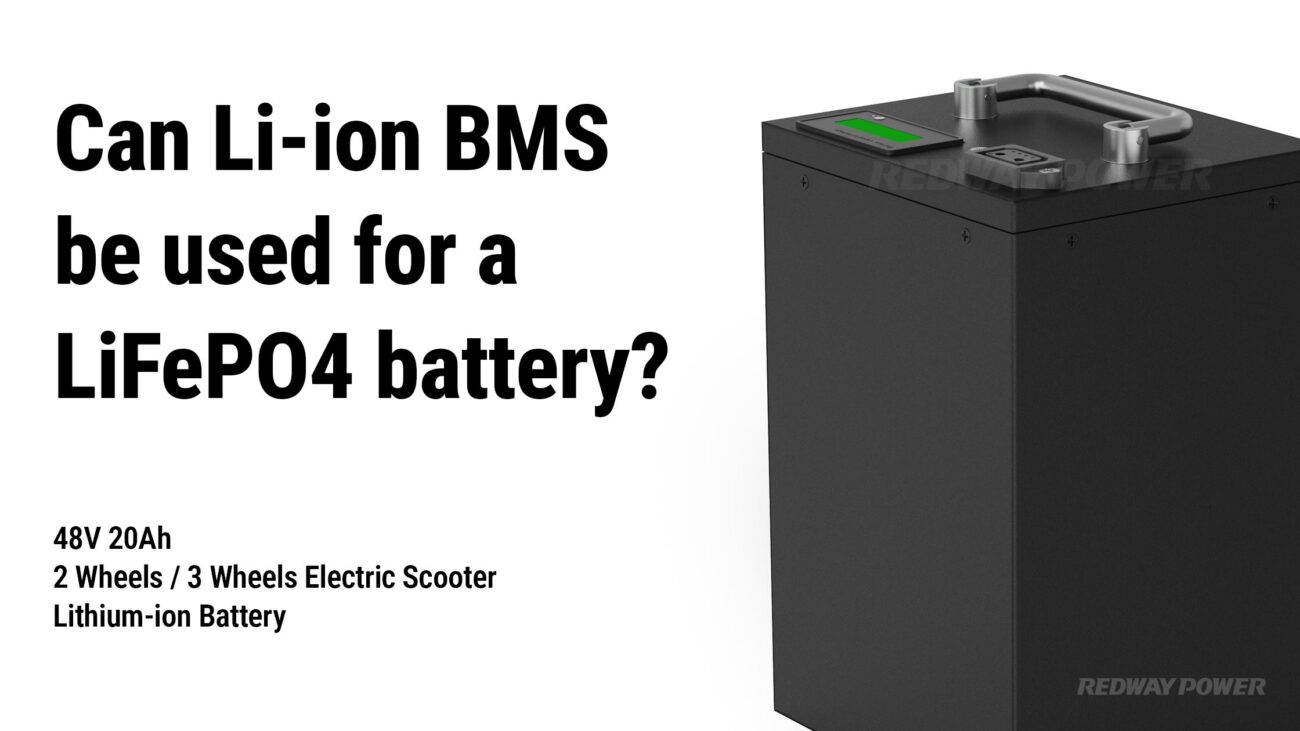
Blog
How Can You Effectively Compare 36V 10A Lithium E-Bike Batteries and Chargers?

When comparing 36V 10A lithium e-bike batteries and chargers, it is crucial to understand how voltage, amperage, compatibility, and user reviews influence your choices. This comprehensive guide will help you navigate these factors effectively, ensuring you select the best battery and charger for your electric biking needs.
What is the importance of voltage and amperage in battery performance?
Voltage and amperage are fundamental aspects that dictate the performance of e-bike batteries. The 36V rating indicates the electrical potential delivered by the battery, while a 10A rating signifies the maximum current output. Higher voltage allows for increased power delivery, enhancing speed and efficiency during rides. Conversely, amperage affects how long a battery can sustain its output; thus, understanding these specifications is essential for optimizing your e-bike’s performance.
| Specification | Description |
|---|---|
| Voltage | Determines power output |
| Amperage | Indicates current flow |
| Performance Impact | Affects speed, range, and efficiency |
What factors should you consider when comparing 36V 10A batteries and chargers?
When comparing 36V 10A batteries and chargers, several key factors must be evaluated:
- Compatibility: Ensure that the battery matches your e-bike model’s specifications.
- Capacity: A higher Ah (amp-hour) rating means more energy storage for longer rides.
- Weight & Dimensions: Balance between performance needs and portability.
- Charging Time: Opt for a charger that efficiently recharges within a reasonable timeframe.
- Safety Features: Look for overcharge protection to prolong battery life.
| Factor | Description |
|---|---|
| Compatibility | Must match e-bike specifications |
| Capacity | Higher Ah rating allows longer rides |
| Weight & Dimensions | Affects portability |
| Charging Time | Efficiency impacts downtime |
| Safety Features | Essential for longevity |
How can user reviews assist in selecting the right e-bike battery or charger?
User reviews are invaluable resources when choosing a 36V 10A lithium e-bike battery or charger. They provide real-world insights into performance metrics such as longevity, charging speed, reliability under various conditions, and overall satisfaction with the product. By analyzing feedback from other users, you can make informed decisions that align with your specific riding habits and expectations.
| Review Aspect | Importance |
|---|---|
| Longevity | Indicates durability over time |
| Charging Speed | Affects convenience during use |
| Reliability | Ensures consistent performance |
What safety features should you look for in e-bike batteries?
Safety features are paramount when selecting e-bike batteries. Look for:
- Overcharge Protection: Prevents damage from excessive charging.
- Thermal Management Systems: Regulates temperature to avoid overheating.
- Short-Circuit Protection: Safeguards against electrical faults.
These features enhance user safety while extending the lifespan of your battery.
How do charging cycles affect battery longevity?
Charging cycles significantly impact the longevity of lithium batteries; typically, a lithium battery can endure around 500 to 1000 full charge cycles before its capacity diminishes noticeably. Regularly allowing your battery to discharge fully before recharging can shorten its lifespan; instead, maintaining a partial charge between 20% to 80% is recommended for optimal health.
| Cycle Impact | Description |
|---|---|
| Full Charge Cycles | Typically limits lifespan |
| Partial Charging | Extends overall battery health |
What environmental considerations should you keep in mind when disposing of lithium batteries?
Disposing of lithium batteries requires careful consideration due to their chemical composition; improper disposal can lead to environmental hazards. Many regions have specific regulations regarding battery recycling. Always seek out local recycling programs or facilities that specialize in handling lithium-ion batteries to ensure responsible disposal.Expert Views:
“Understanding how to compare 36V 10A lithium e-bike batteries and chargers is essential not only for optimizing performance but also for making environmentally conscious choices regarding battery disposal,” states electric vehicle expert Lisa Green.
FAQ Section
- What types of e-bikes benefit most from a 36V 10A battery?
E-bikes designed for urban commuting or recreational riding typically benefit from a 36V 10A battery, providing sufficient power for moderate distances. - How long does it take to charge a typical 36V lithium battery?
Charging times vary by model but generally range from 4 to 6 hours, depending on the charger’s output current. - Can I use any charger with my e-bike’s lithium battery?
No, it is crucial to use a charger specifically designed for your e-bike’s voltage (in this case, 36V) to avoid damaging the battery or reducing its lifespan.





